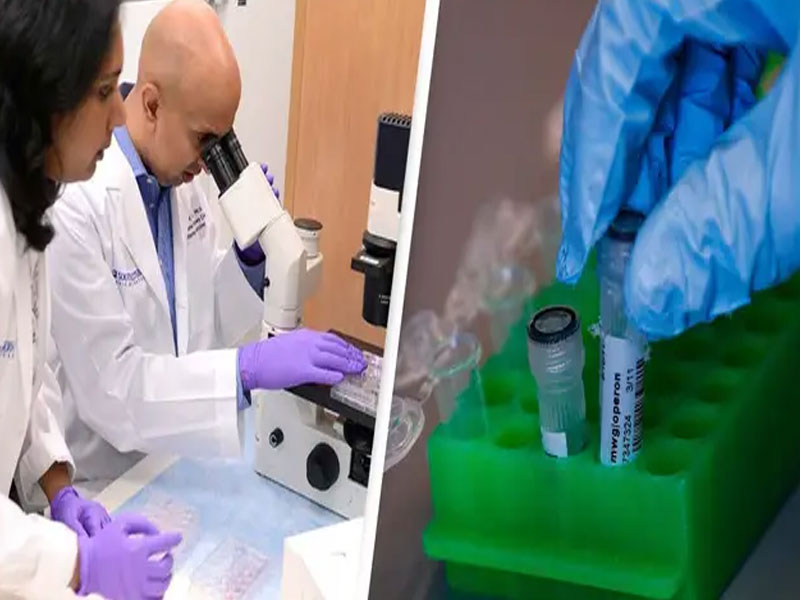UK becomes first to approve Casgevy genetic therapy for blood disorders
SOURCE: HTTPS://INTERESTINGENGINEERING.COM/
NOV 17, 2023
Scientist have used gene-editing to turn fat cells into energy-burning cells
SOURCE: UNILAD.CO.UK
OCT 07, 2021

Fat cells used for storage were turned into cells that burn energy by CRISPR gene editing, carried out by a group of researchers from UT Southwestern Medical Centre’s Touchstone Diabetes Centre.
The group, who managed to successfully carry out the editing at one of the nation’s top 25 hospitals for diabetes and endocrinology care, likened the process to ‘flipping a switch’.

Alamy
The leader of the study, Rana Gupta, associate professor of Internal Medicine, PhD, told Medicalxpress how, in order to engineer ‘a mutation that disrupts the interaction between a single pair of proteins’, the team ‘removed the “brake” on the energy burning pathway in fast cells’.
The research subsequently discovered that ‘existing diabetes medications’ can possibly be made much more effective by ‘releasing this brake in fat calls’.
The National Institutes of Health supported the research, which added to previous research by the same tam in 2016 called Cell Metabolism. The latest findings were published in Genes and Development.

Alamy
Dr Gupta, who called diabetes ‘the pandemic before the pandemic’, noted how much of a ‘tremendous interest’ there is in hastening the creation of such cells since their discovery, due to how much it could aid diabetes and other metabolic diseases.
According to Dr Gupta, people with obesity have few brown and beige fat cells, which are those that help burn energy, whereas they have larger numbers of white cells and of a bigger size, cells of which store energy. Brown cells aid against the possibility of diabetes of cardiovascular diseases formulating.
The rise of obesity has put pressure on researchers to understand ‘all aspects of adipose tissue biology’ and how the body forms fat cells, Dr Gupta said.
In the US, from 1999 to 2018, the prevalence of people with obesity grew from 30.5% to 42.5%, as per the Centers for Disease Control and Prevention. According to the NHS, 68% of men and 60% of women aged 16 and over are overweight or obese.
LATEST NEWS
Augmented Reality
Hi-tech smart glasses connecting rural and remote aged care residents to clinicians
NOV 20, 2023
WHAT'S TRENDING


Data Science
5 Imaginative Data Science Projects That Can Make Your Portfolio Stand Out
OCT 05, 2022

SOURCE: HTTPS://INTERESTINGENGINEERING.COM/
NOV 17, 2023
SOURCE: HTTPS://GENETICLITERACYPROJECT.ORG/
SEP 05, 2023
SOURCE: HTTPS://WWW.SCIENCEDAILY.COM/
AUG 07, 2023
SOURCE: HTTPS://WWW.SCIENCEDAILY.COM/
JUL 24, 2023
SOURCE: HTTPS://NEWS.MIT.EDU
JUL 20, 2023
SOURCE: BIOSPACE.COM
OCT 27, 2022